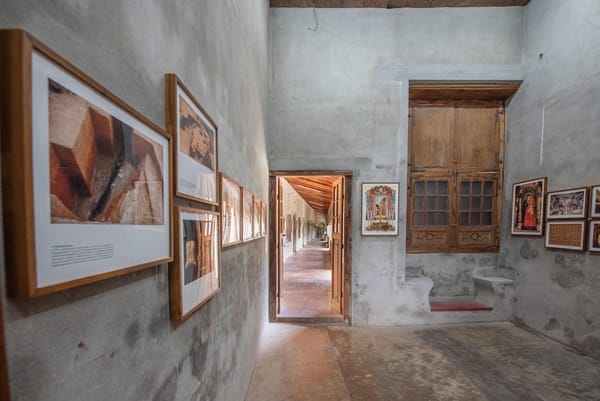The Intersection of Heritage, Art, and Vision: A Conversation with Varun Thapar on TRI Art & Culture
Varun Thapar discusses his latest initiative, TRI, an art space dedicated to public engagement and cultural exploration in Kolkata. He shares insights on its historical significance, curatorial model, and vision for promoting accessibility in the arts.
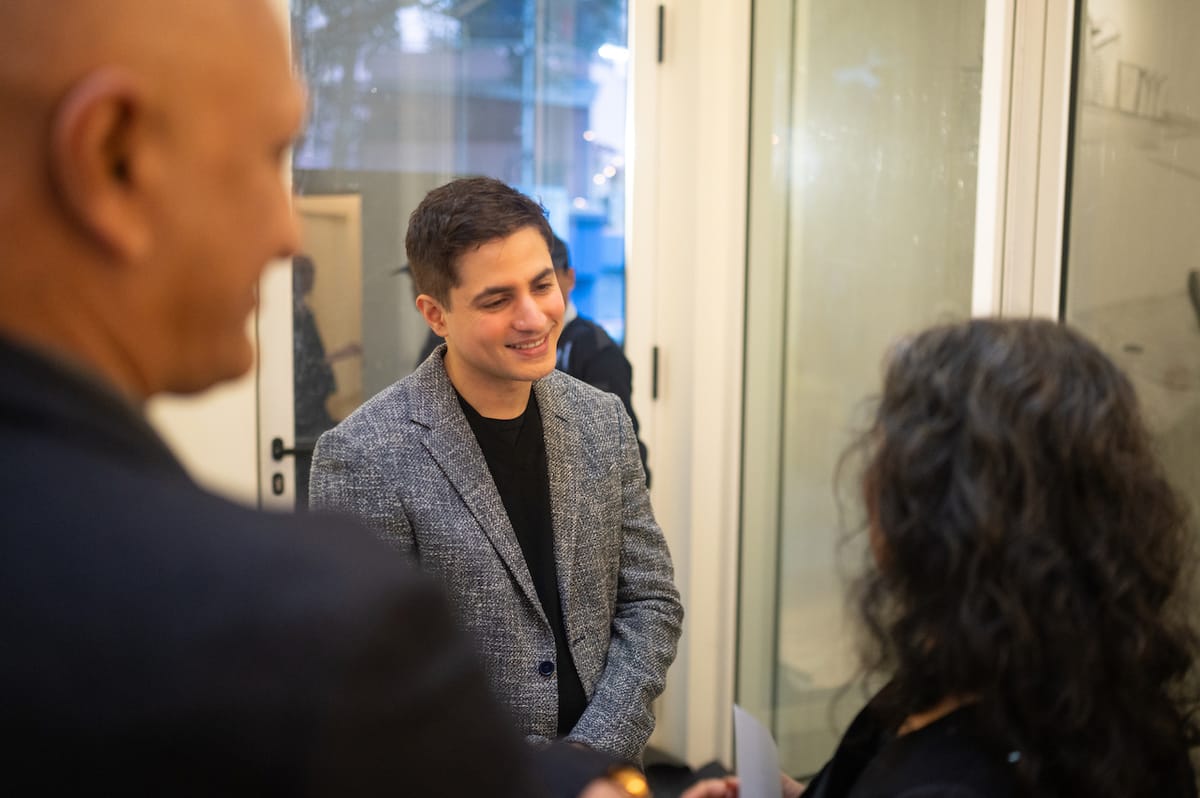
Varun Thapar, Vice-Chairman of the KCT Group and a passionate advocate for education and the arts, is driving a new wave of cultural engagement in Kolkata. As the fourth generation to lead his family’s business conglomerate, Thapar has not only inherited a legacy of business acumen but also cultivated a profound appreciation for the arts. His latest initiative, TRI, stands as a testament to this passion—a non-commercial art space that brings together the city’s rich artistic traditions with the vibrancy of contemporary creativity. By transforming an old family property into a dynamic cultural hub, Thapar is championing accessibility and sustainability in the arts, aiming to foster deeper connections between artists and the public. In this interview, he delves into the inspiration behind TRI, its mission to democratize the art experience, and the balance between preserving cultural heritage and encouraging innovation in the art world.
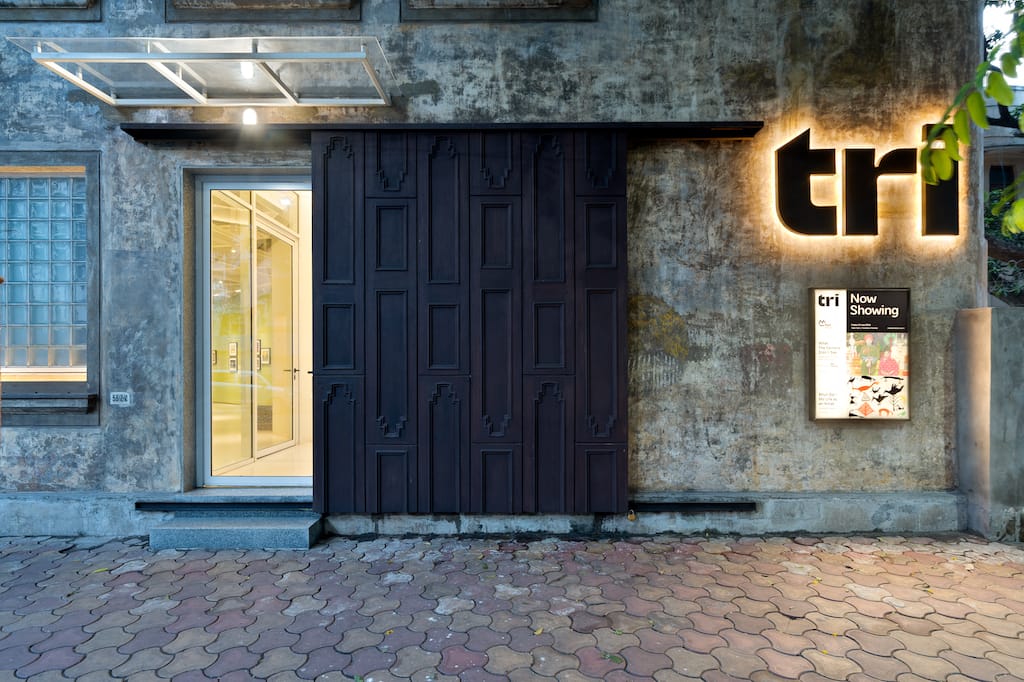
Nikhil Sardana: Could you share the inspiration behind TRI Art & Culture and how it came to be?
Varun Thapar: There are a few key references to how TRI came to be. The first is that TRI is an abbreviation of the word "triangle," which reflects the shape of the building itself. We call it the mini Flatiron Building of Kolkata because it resembles the iconic structure in New York. It would be fascinating to step back in time and enter the mind of the architect to know whether he had the Flatiron Building in mind or if it was just a coincidence. Unfortunately, I don't have much historical information about who actually designed this building—whether it was an Indian or British architect. What I do know is that it was likely built before Independence, but the specifics are lost to history, as there's no one left in my family who could have passed down that knowledge. These are things we can only speculate about now.
Another reason for the name TRI is its play on the word "try," as in the verb. The idea was to encourage people to try art, to experience and explore it for themselves. This leads me to discuss the spirit and underlying intent behind TRI. We wanted to create a space where art could be experienced in an inviting, accessible manner, and in a way that fosters exploration.
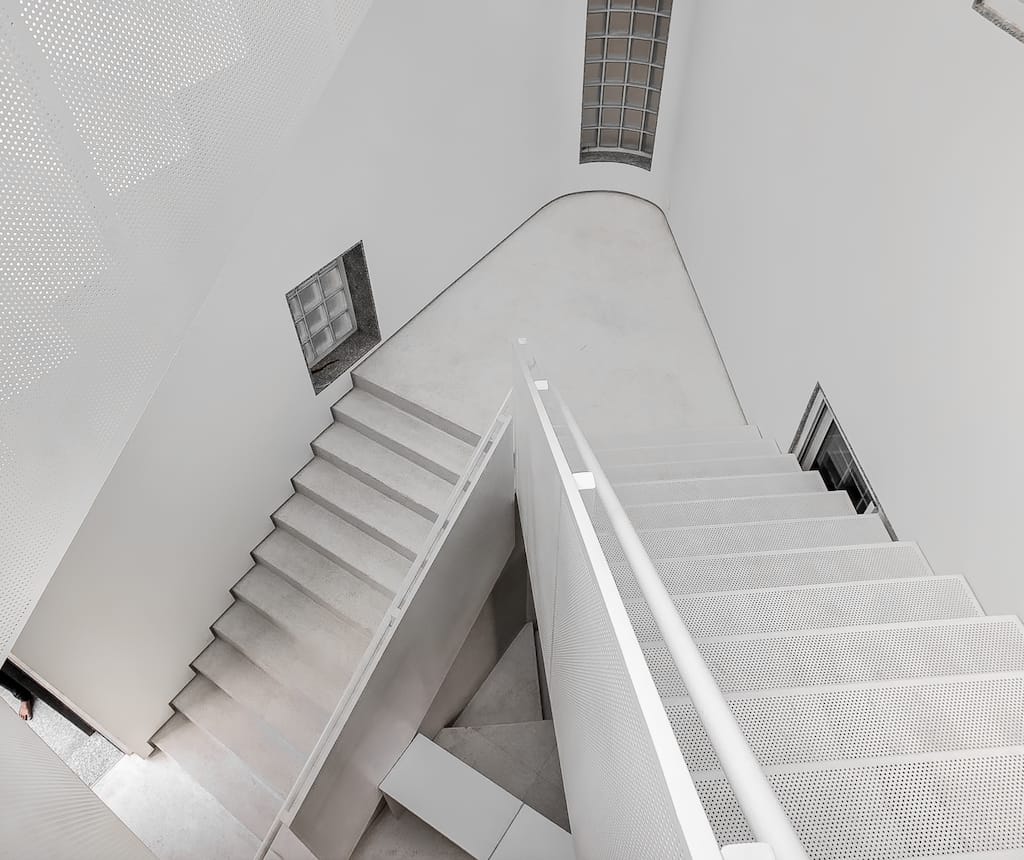
NS: Your family has been deeply involved in art and culture for decades, supporting numerous artists during periods when they received little to no recognition. What inspired you and your sister, Nitasha, to establish TRI? How does it contribute to Kolkata's cultural landscape, especially in the context of Indian modern and contemporary art?
VT: That’s quite a multi-layered question, so let me break it down. The inspiration for TRI traces back to my parents. When they got married and settled in Kolkata in the mid to late 1970s, they began buying artworks from prominent artists of the time, such as Ganesh Pyne and Bikash Bhattacharjee. In fact, Bikash Bhattacharjee even painted a portrait of my mother. Back then, art was a passion purchase, with paintings selling for a fraction of what they cost today.
What stood out to me in my parents' approach was the respect they had for the artists. They not only purchased art but made sure to display it with reverence. Artists, in turn, appreciated this respect and were careful about whom they sold their works to. Growing up in a home filled with art, I was constantly exposed to creativity, whether through the works hanging on our walls or during our travels when we'd visit museums.
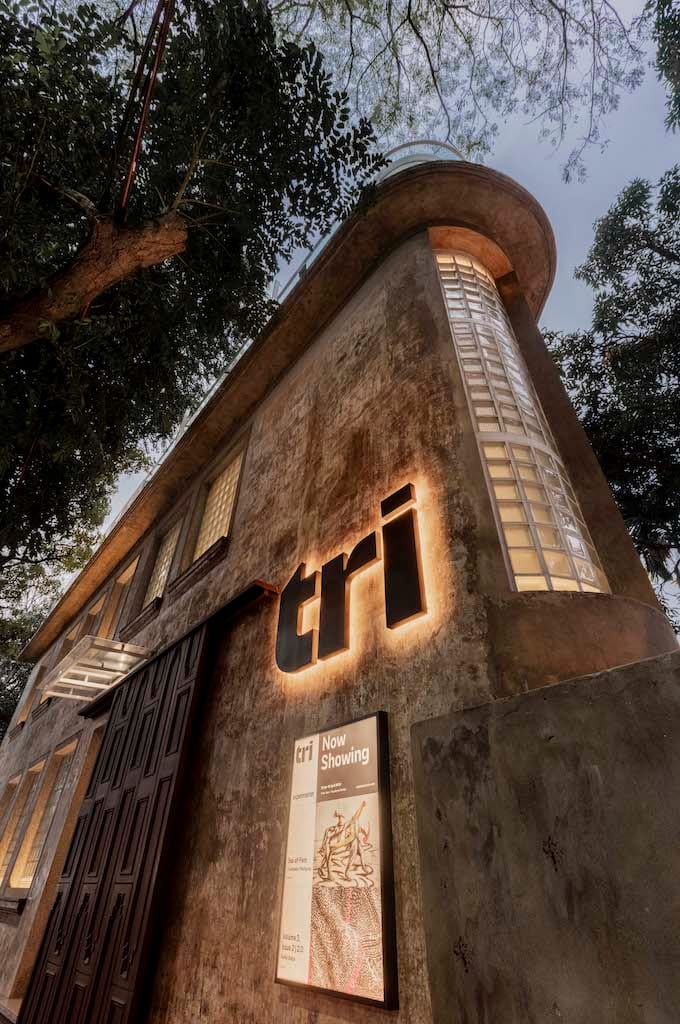
This exposure played a significant role in shaping my passion for the arts. At the time, visiting museums as a child sometimes felt like a chore, but looking back, I see how invaluable those experiences were. Now, visiting exhibitions and museums is second nature to me, and a crucial part of my travel routine. Additionally, I studied art history in college alongside a major in history, which further deepened my understanding of art.
I must also mention that my background in music has played a role in cultivating this passion. Although I see music and visual arts as distinct forms, they are undoubtedly connected in the broader context of creative expression. In an ideal world, TRI might have been a performing arts space focused on music, but the physical space lent itself more to visual arts, which led us in that direction.
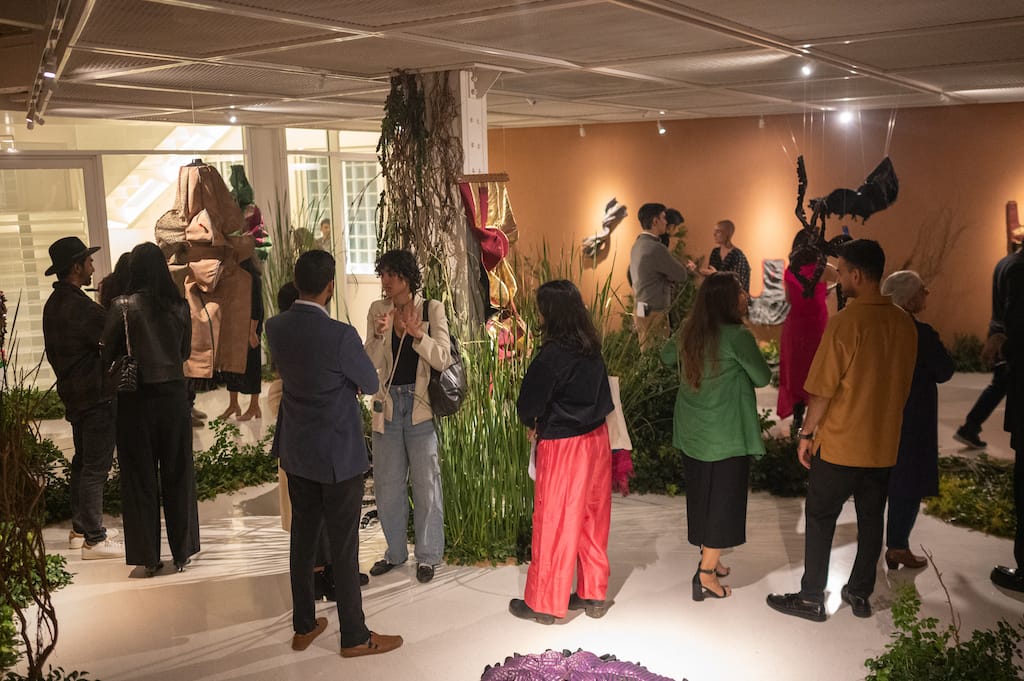
NS: The building that houses TRI has historical significance for your family. How did you decide on transforming it into an art space, and what was the process of adapting the structure to serve this purpose?
VT: Yes, the building has been in our family for quite some time. For years, I wanted to do something meaningful and creative with it. Renting it out was never an option for me; the idea of using the space for art came naturally. Coincidentally, around that time, Experimenter, a leading gallery in Kolkata, was celebrating its 10th anniversary. Prateek and Priyanka, who own Experimenter, are friends of mine, and during casual conversations, I mentioned the space to them. They expressed interest in using it for some of their programming, and I was more than happy to oblige.
They hosted a couple of events at the space, including a photography exhibition by Soumya Sankar Bose and a site-specific installation by the sculptor Narayan Sinha. There was also a performance by Carnatic musician T.M. Krishna. The response from the audience was overwhelmingly positive, and this solidified my belief that the space should be dedicated to the arts. That experience marked the true birth of TRI.
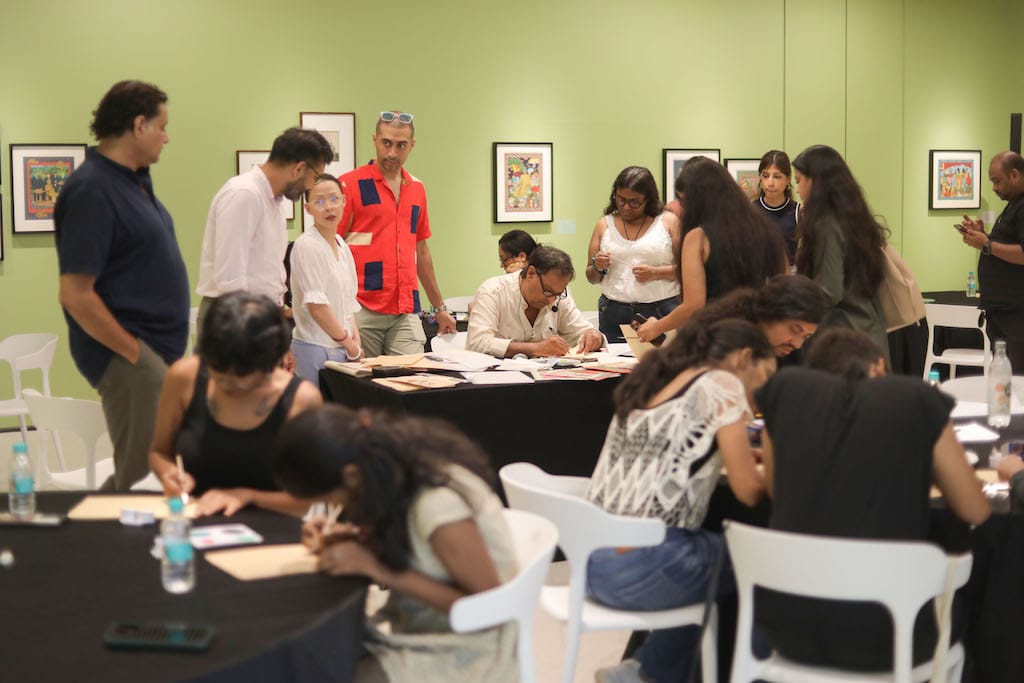
NS: How did you go about transforming the building into an art space? What challenges did you face, and how did you navigate the architectural design to maintain its historical significance while making it suitable for contemporary use?
VT: Once I decided to move forward with TRI, I took my time thinking through the design process. The building itself is around 70 to 80 years old, so it was an adaptive reuse project, and I wanted to be sensitive to its original architecture. I engaged Animesh Nayak, an architect who runs Open to Sky—a design firm with offices in Bengaluru and Kolkata—as I felt strongly that only a local architect could truly understand the history, context, and significance of what we were trying to achieve.
Working with Animesh was a learning experience for both of us, as neither of us had designed an art space before. There were plenty of back-and-forth discussions, revisions, and iterations as we worked to balance the old with the new. The building underwent significant changes—we removed walls, strengthened the structure, added modern firefighting systems, HVAC, new staircases, and completely overhauled the interiors. Yet we were mindful to preserve the architectural aesthetics wherever possible, especially with the facade, which was left more or less untouched.
In areas that required modernization, we decided to make bold, contemporary interventions, allowing them to coexist with the historic elements. One striking example is the mumty, which was in disrepair. We replaced it with a striking glass-and-steel structure that brings in natural light while juxtaposing the old with the new. I believe that architecture should speak to its time, and this contrast between the modern and the historical became a key design philosophy for TRI.
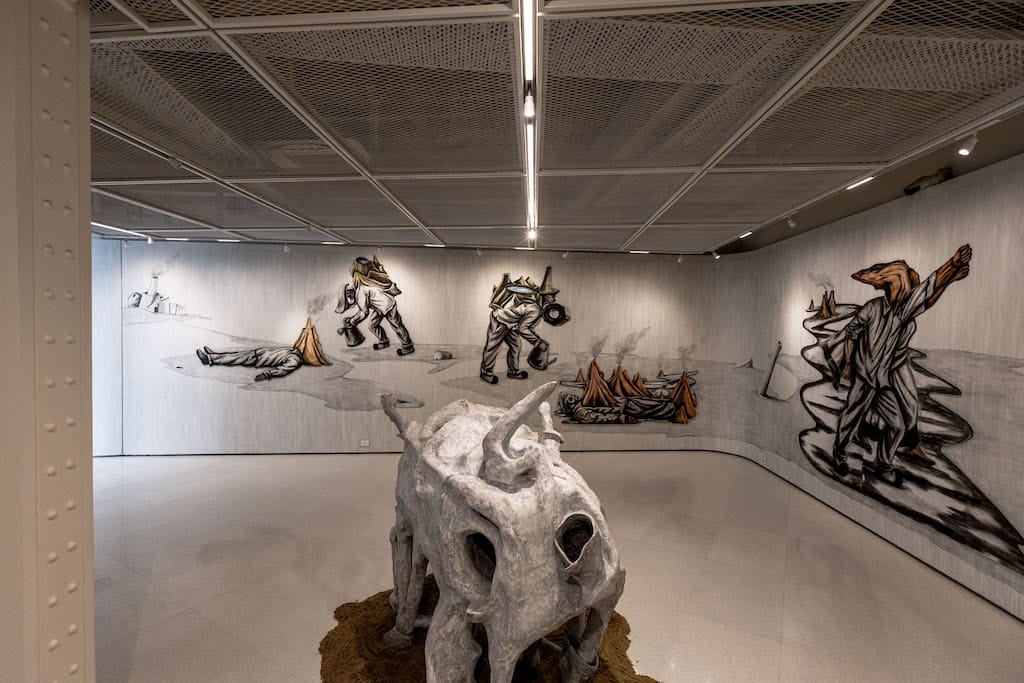
NS: You mentioned wanting to preserve certain materials from the original building. Can you share more about the sustainable practices you implemented during the renovation?
VT: Sustainability was definitely on our minds during the renovation. We salvaged as much as we could from the original building. For example, we repurposed the wood from the old doors and windows to create new elements within the space. This approach allowed us to maintain a connection to the building’s past while giving it new life. Wherever we could, we minimized unnecessary interventions, focusing instead on careful restoration and thoughtful reuse.
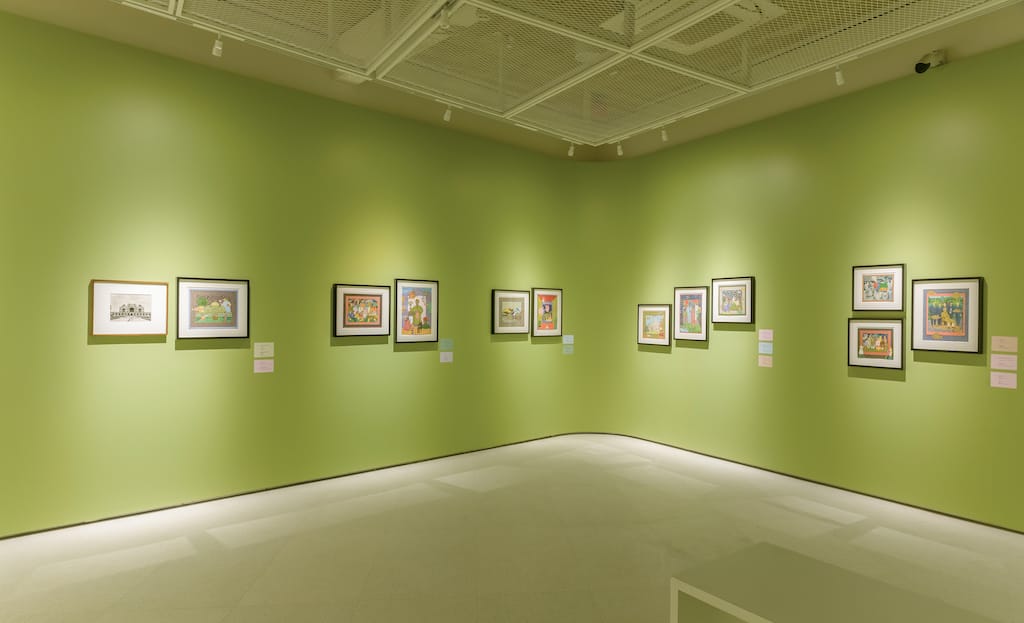
NS: What has been the most rewarding part of this journey for you personally?
VT: The most enriching part of this journey has undoubtedly been the people I’ve met along the way. The art world attracts such interesting, intelligent, and creative individuals—from artists to curators—and my interactions with them have been deeply stimulating. The debates we share about abstract concepts or the creative process are so different from my day-to-day work, making this experience all the more thrilling.
At a personal level, TRI has been a huge success for me simply because it has connected me with such incredible minds and ideas. It’s a world apart from my regular life, and that’s what makes it so rewarding. Whether it's intellectual debates or personal reflections, TRI has expanded my horizons in ways I hadn’t anticipated.


